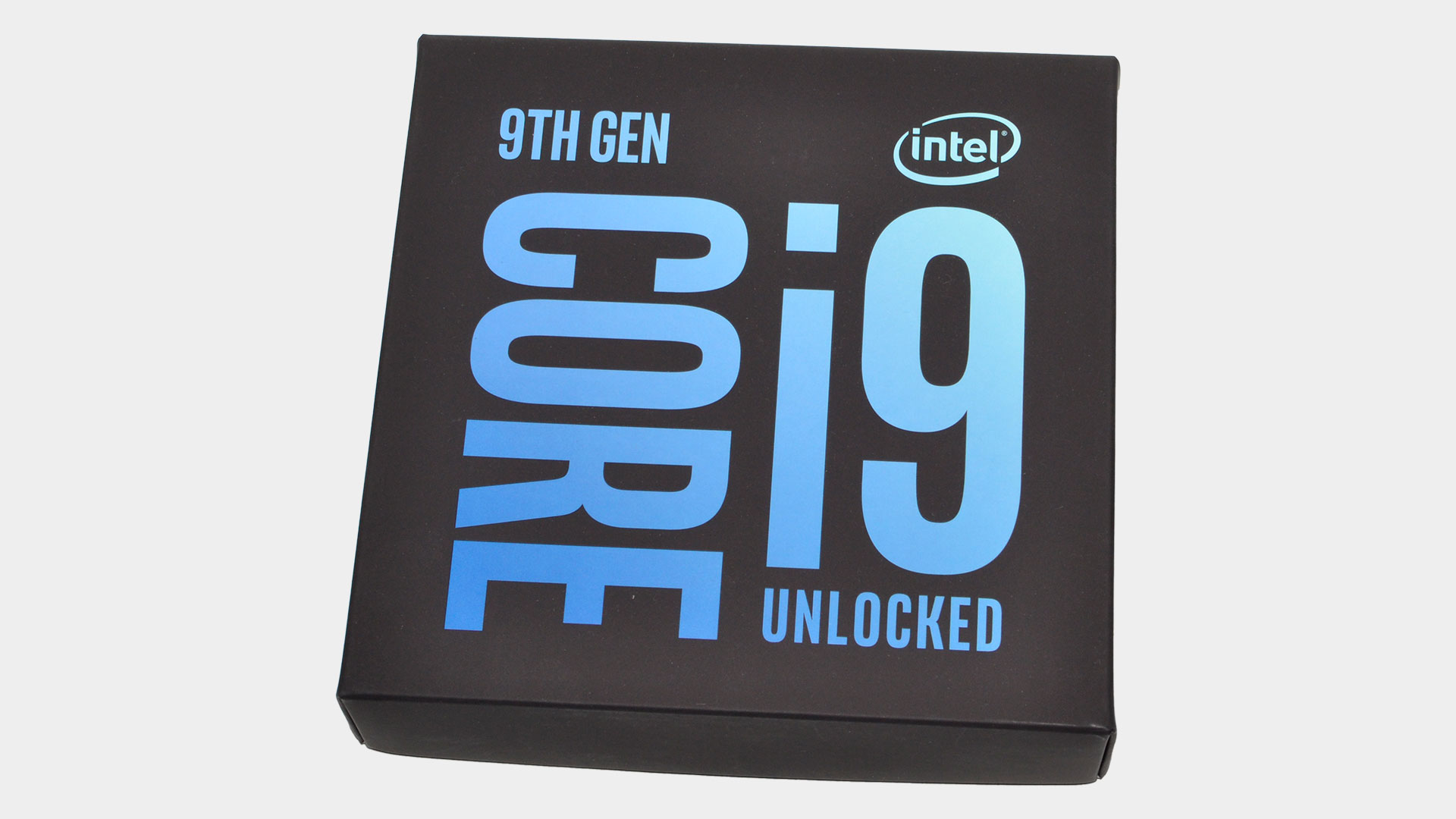Our Verdict
The Core i9 9900K was the fastest consumer processor, of its time. But time has not been kind with AMD winning the core-count game and more modern i9 chips topping pushing beyond the 5GHz mark.
For
- Still a speedy consumer CPU
- Plenty of cores and clockspeed
- Excellent per core performance
Against
- You'll likely not see discounts
- Mid-range Comet Lake i7 wins
PC Gamer's got your back
What once was the king is no more... The Intel Core i9 9900K was the fastest gaming CPU on the planet at launch, but then the 9900KS happened—and was around for the shortest time—and now the Core i9 10900K has blown it out of the water. The new Comet Lake CPU offers more cores, higher clock speeds, and the same price tag. Where now for the 9900K?
First and most obviously, the 9th Gen Core processors introduced 8-core parts to the mix. The Core i9 9900K sat at the top of the stack, with an 8-core/16-thread design thanks to Hyper-Threading. It also popped up with a shared 16MB L3 cache, scaling in size directly with the core count.
Second, Intel said it has made further optimizations to its 14nm process, dubbing the new variant 14nm++. Broadwell and Skylake used the original 14nm process, while Kaby Lake and Coffee Lake used 14nm+. Intel didn't go into too much detail on what has changed with 14nm++ relative to the existing 14nm+, but Intel claimed it allowed for more cores with similar clock frequencies within the same power envelope. Interestingly Intel noted nothing about further refinements to the Comet Lake 10th Gen chips, so we can only assume they're rocking the same 14nm++ design.
The third change went with the second: for the first time since Devil's Canyon (the i7-4790K update to Haswell), Intel used a solder TIM (Thermal Interface Material) on the 9th Gen CPUs. Previously, Intel used thermal paste between the CPU die and the heatspreader. Switching to solder increases the thermal conductivity and improves heat dissipation, which leads to lower temperatures—or similar temperatures at higher clock speeds.
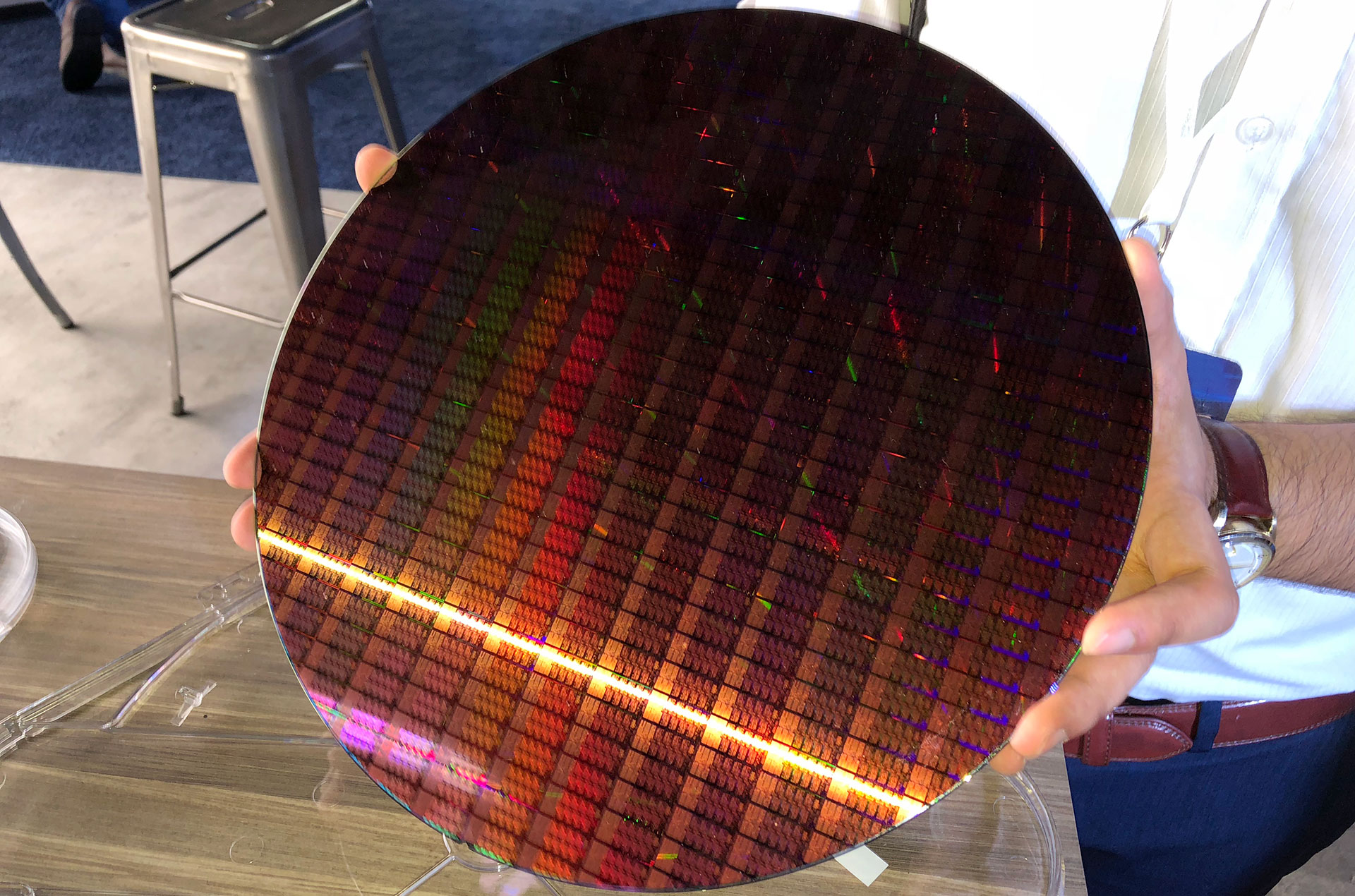
Core i9 9900K specs
The 9900K has a minimum guaranteed clock speed of 3.6GHz and a maximum single-core clock speed of 5.0GHz. Intel had a brief hiatus in officially disclosing all-core turbo clocks for the 9th Gen, and I think that was largely because motherboard manufacturers don't fully adhere to the TDP values on enthusiast processors. They still don't, but Intel has kinda given up that particular battle.
Cores - 8
Threads - 16
Lithography - 14nm
Base clock - 3.6GHz
Turbo clock - 5.0GHz
TDP - 95W
In testing many previous generation CPUs, motherboards from ASRock, Asus, Gigabyte, MSI and more tend to be a bit lenient with TDP and multipliers, especially under heavy loads. Take the MSI Z390 MEG Godlike (I just call her 'Meg') that I used for my 9th Gen testbed.
Meg lets the 9900K hit 5.0GHz on up to 3-core workloads, 4.8GHz for 4-5 core loads, and 4.7GHz for a fully loaded CPU. That's impressive, but in my testing—using an NZXT Kraken X62 cooler—the CPU peaked at 85C with y-cruncher and heavy AVX workloads, and Cinebench 15 multithreaded hits a steady 75C. Performance is great, but the X62 is a beefy cooler, and system power draw from the wall for some workloads exceeded 250W.
That's a symptom of the different power limit (PL) Intel uses in its chips. At PL1 you're basically running at the base TDP, but Turbo mode allows the CPU to access more power for a limited amount of time to hit PL2. That's when you'll see higher power draw, and subsequently higher clock speeds to get the work done.
Different boards will have the potential PL2 levels, and time it's allowed to run at that level (referred to as Tau), which can explain the difference in performance you sometimes see between different motherboards.
Intel is basically letting the motherboard manufacturers have free reign when it comes to enthusiast CPUs and multipliers. I like that approach, and Intel isn't alone—AMD's Ryzen 7 2700X can draw close to 150W 'stock' in my X470 testbed. But it's an important point, because you don't want to try running an 8-core/16-thread CPU at 4.7GHz with an AVX workload while using a cooler that's only rated for 95W. You'd probably only get thermal throttling, but it's better to just plan on buying a high-end cooler for the Core i9 9900K.
That brings up another distinction between AMD and Intel CPUs. The Ryzen 7 3700X comes with a Wraith Prism cooler and sells for $275. Intel provides the same number of cores and threads with the Core i9 9900K, and you get about 20 percent higher clock speeds (and slightly better instructions per clock, or IPC), but the CPU alone still costs around $500, and you should plan on at least $50 if not $100 or more for cooling purposes. That's $250 to $300 more in total PC cost in practice… but is it worth the price? That depends a lot on what you're doing on your PC.
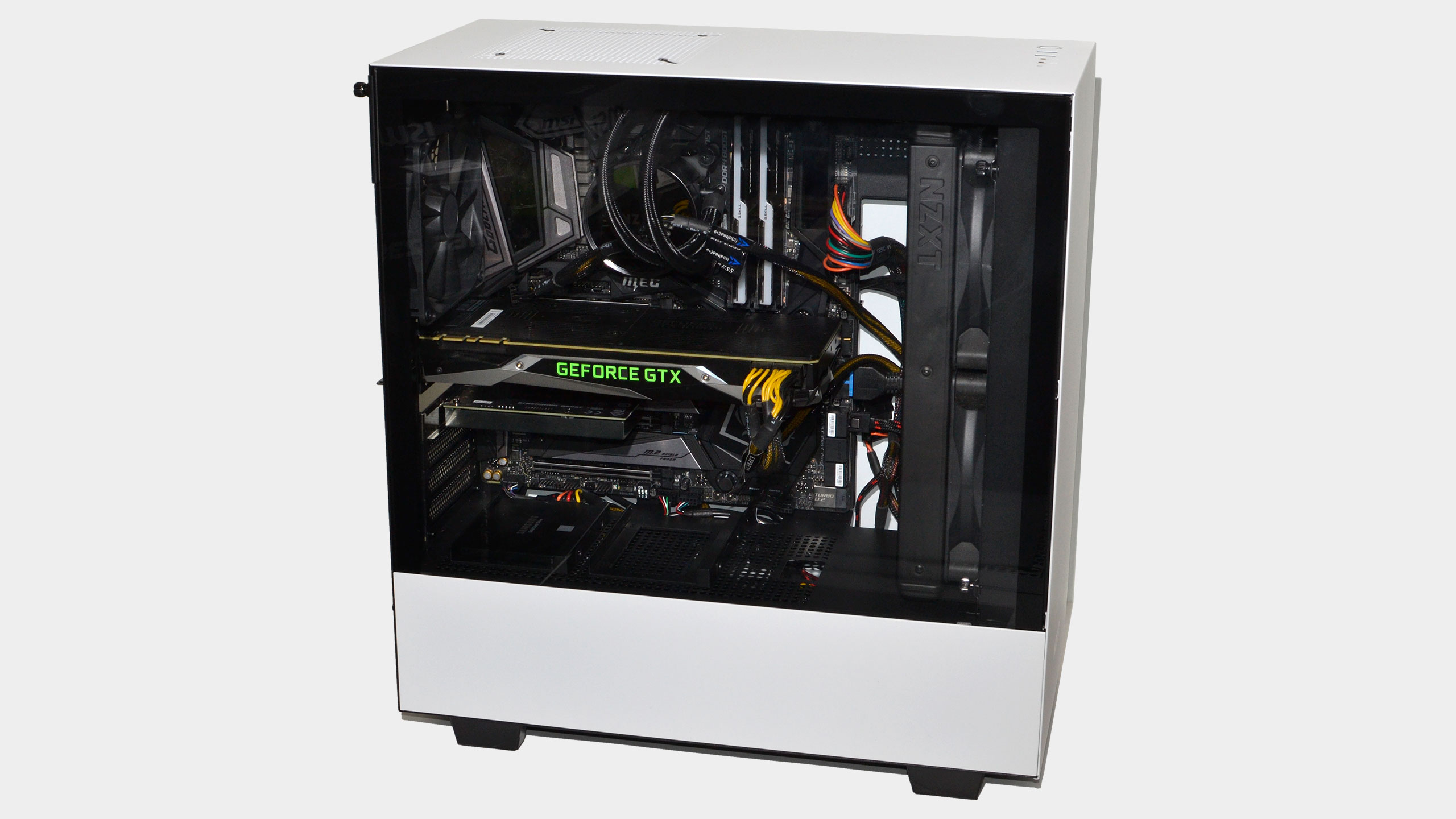
Core i9 9900K performance
This is PC Gamer, so I'll start with gaming performance. Intel has traditionally held the lead in gaming performance, even against AMD's newer Ryzen processors, and the Core i9 9900K still does. But that's increasingly irrelevant given the fact cheaper AMD, and now Intel processors are able to either compete with or surpass those gaming frame rates.
If you're rocking a 9900K in your current machine then the good news is that there's really no need to upgrade, the performance you're getting is still right up there. And while the core count game has moved on in both red and blue camps that's not going to make a huge difference in-game for a long while.
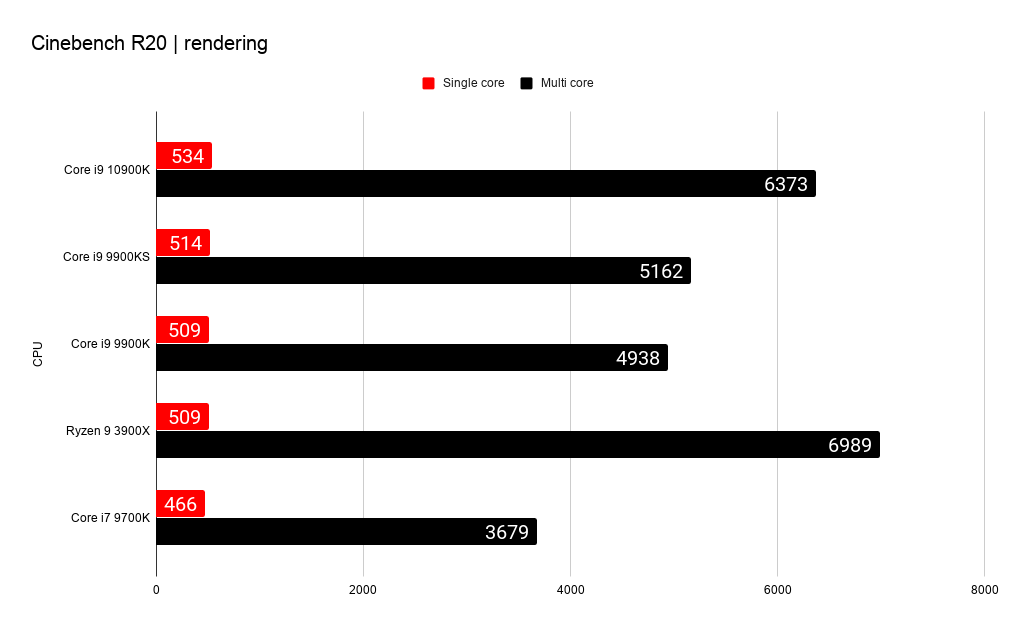
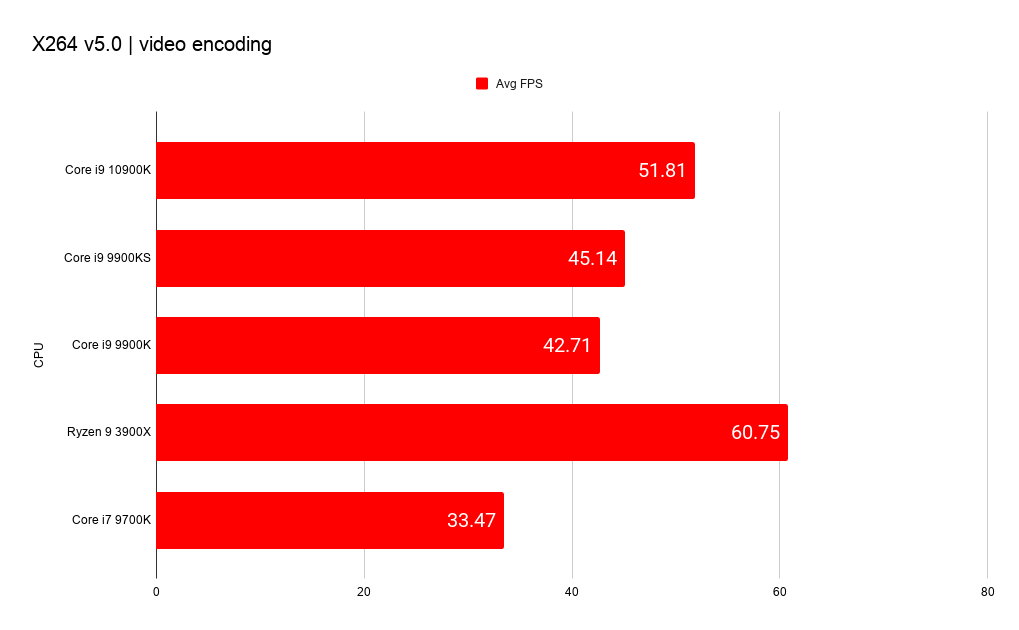
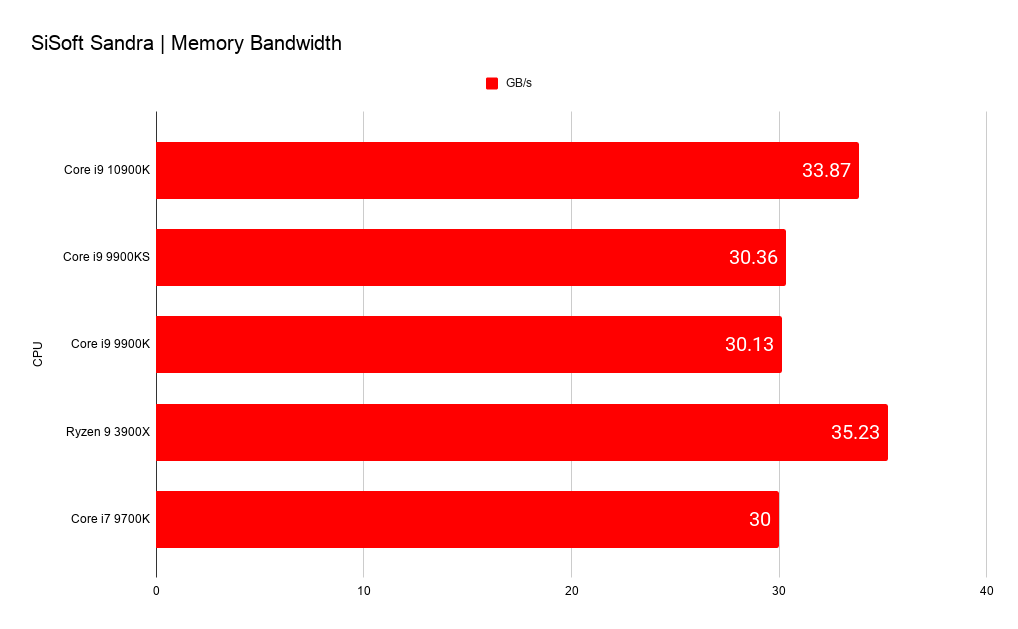
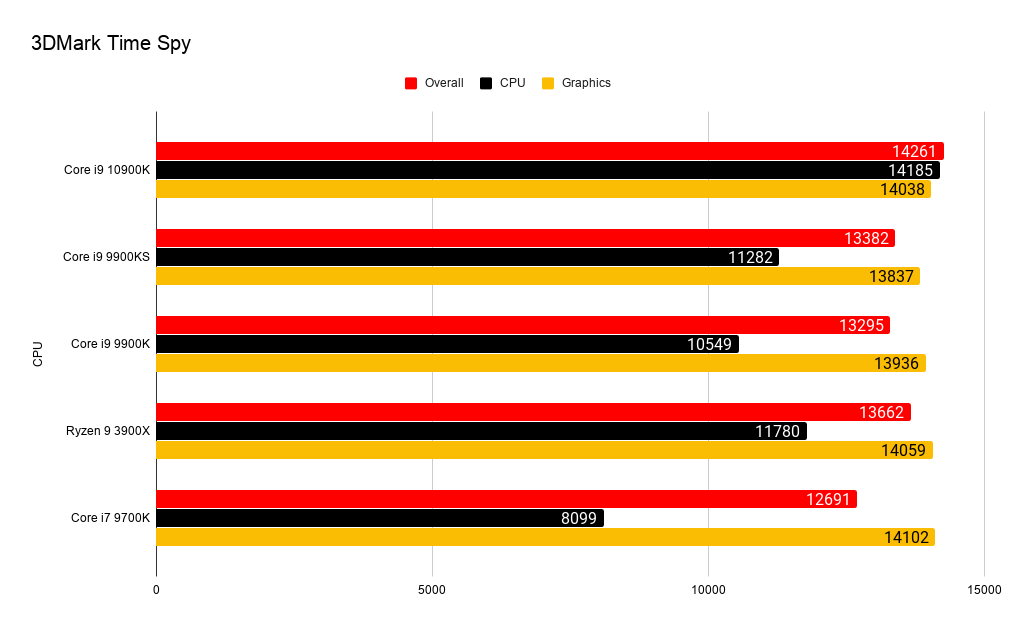
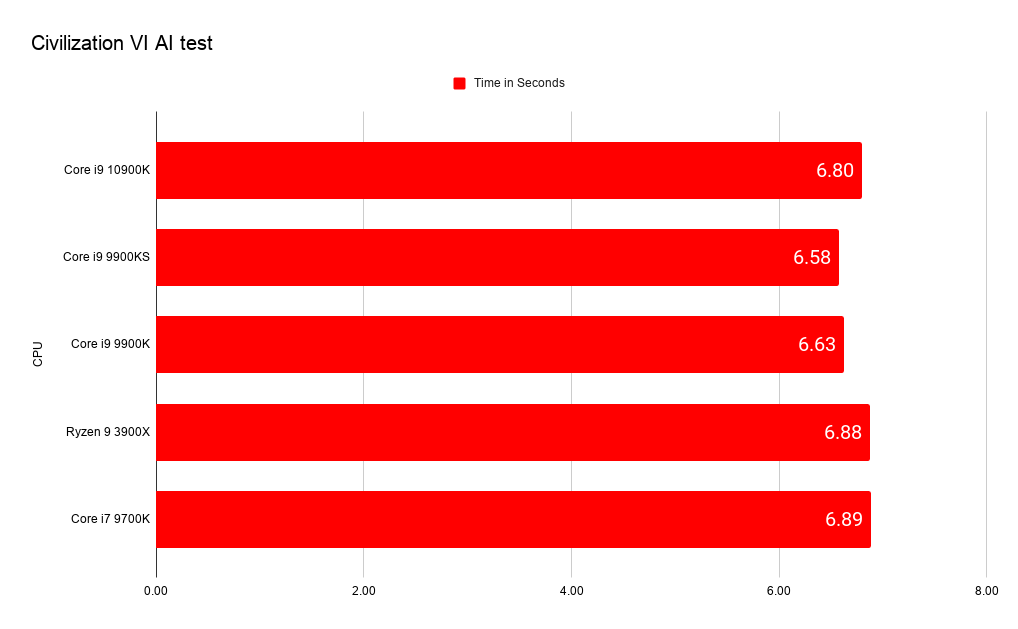
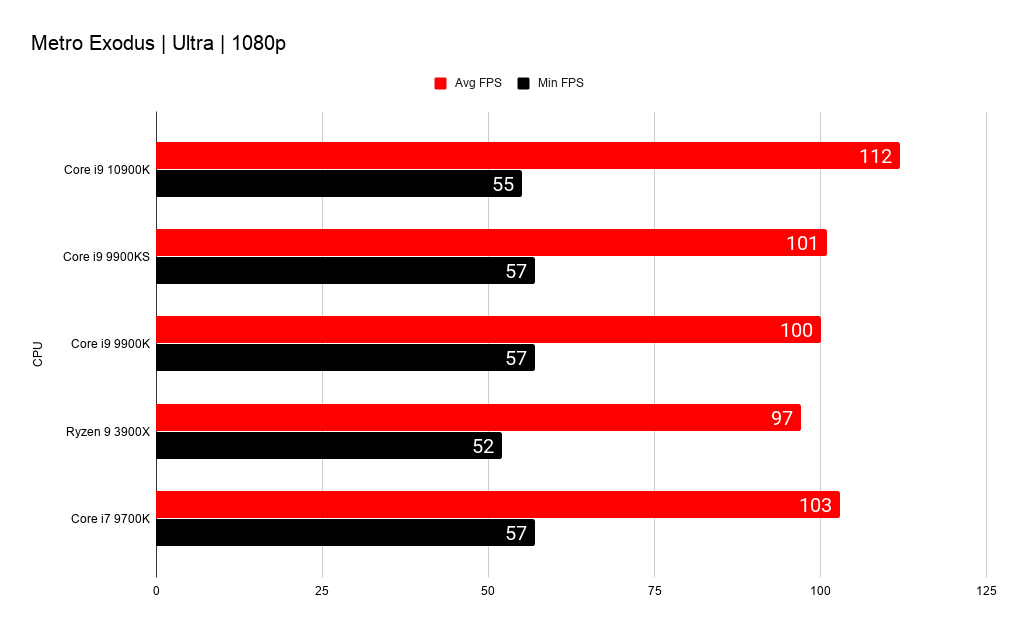
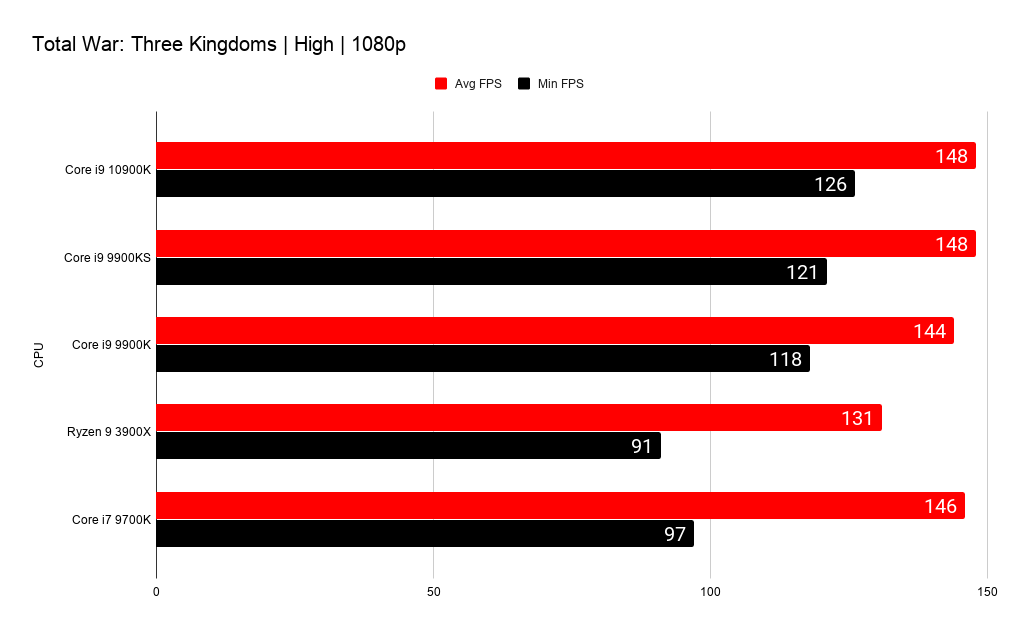
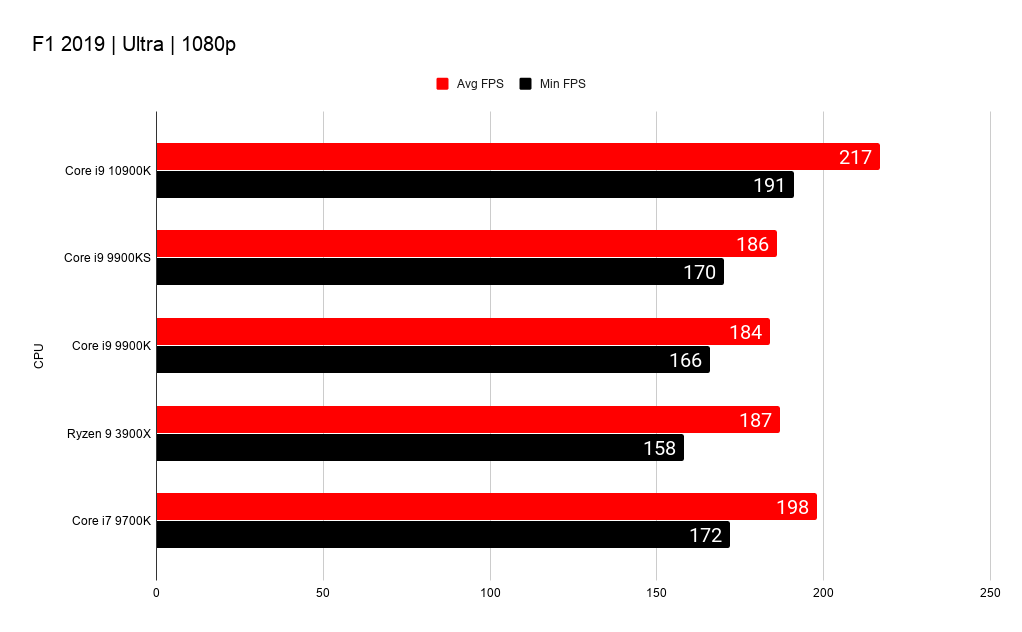
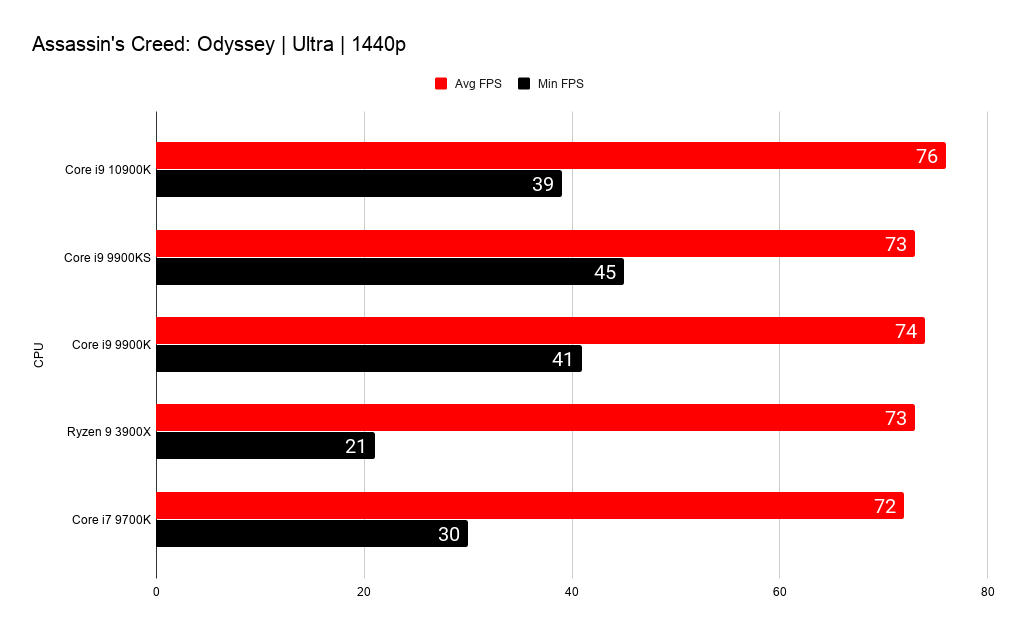
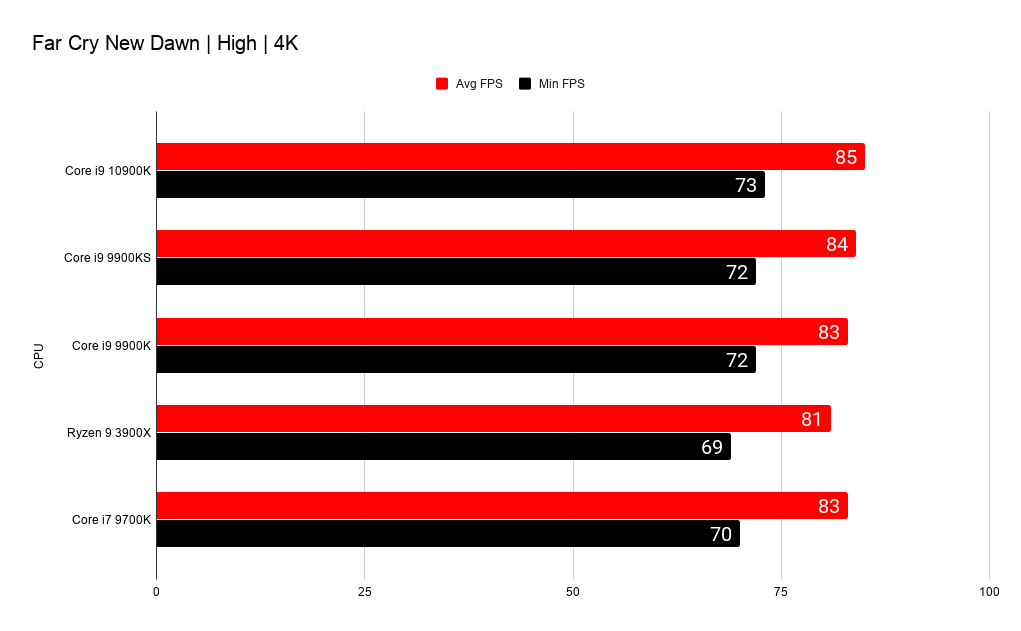
But with the AMD Ryzen 9 3900X seemingly getting a recent price cut, and reports of a mid-year Ryzen refresh doing the rounds and gaining ever more credence, the multi-threaded performance of the 9900K really does look sub-par for the money. At around the $400 mark you can pick up a 12-core, 24-thread AMD chip, which you will soon be able to strap into a cheap B550 motherboard, and still get competitive gaming performance.
Plug a high-end GPU into an AMD rig, and play any game above the 1080p mark, and you will see very little difference in gaming performance between any modern processor really.
At that point you've got to ask yourself how much are those two extra frames per second worth to you? Because you can put a real dollar price on exactly how much you'll have to pay to get them.
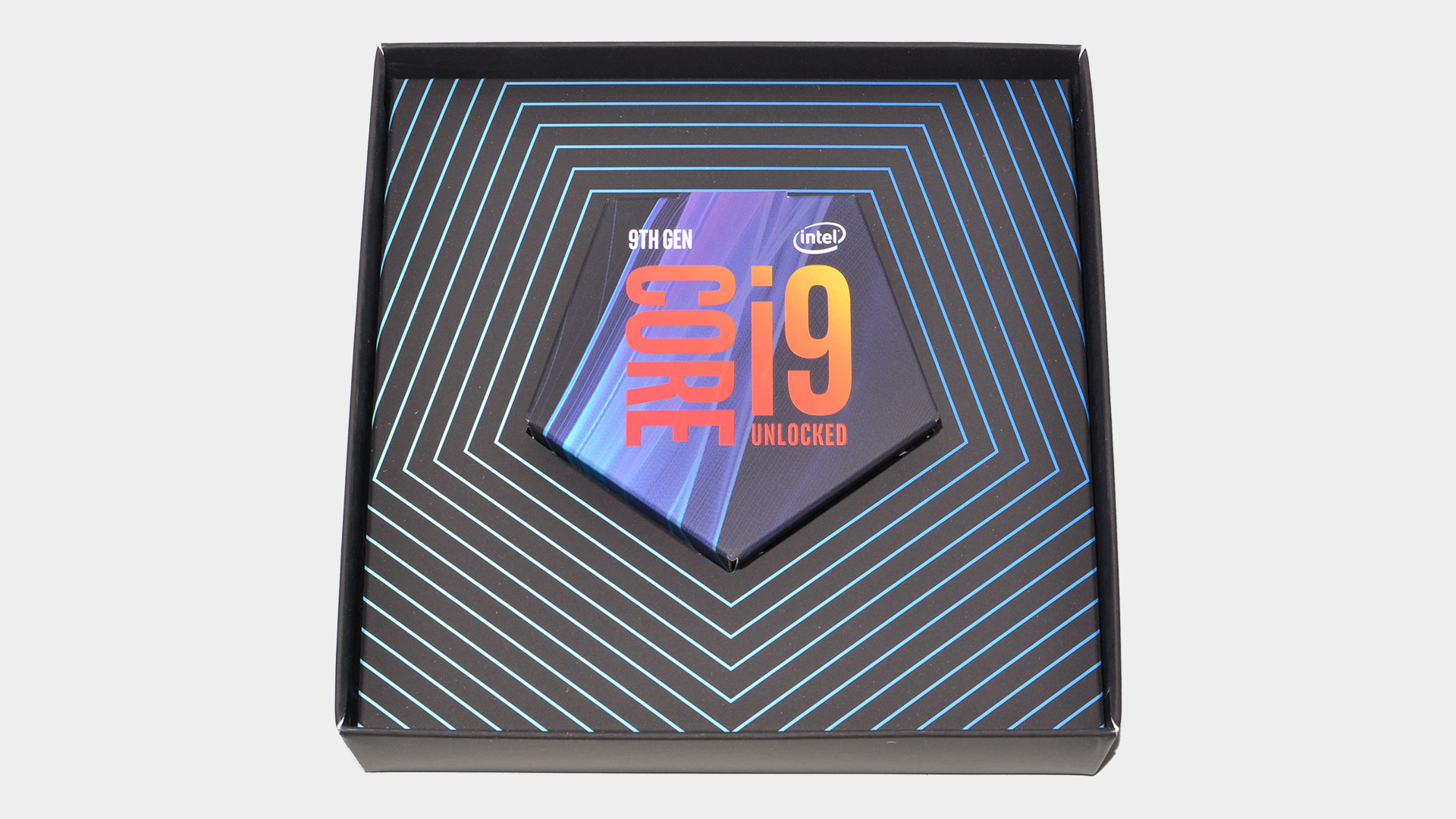
Core i9 9900K verdict
The power and thermal aspects of Core i9 9900K show the limits of Intel's current 14nm process technology, or 14nm++ if you prefer, and that's only been compounded by the Comet Lake release. Yes, the 9900K can run at similar clock speeds to the 8700K and it adds two more CPU cores, but power use does go up. It's the same story from 9900K to 10900K.
Make sure you bring along a decent cooler, and don't expect a lot of overclocking headroom. I was able to clock all eight cores at 5.1GHz, with only 0.05V extra, but that's only a 400MHz improvement and CPU temperatures were breaking 90C. AVX workloads had to have an offset applied as well—4.9GHz (a 200MHz increase over 'stock') with AVX hit similarly high temperatures.
As a value proposition, Core i9 9900K was never very exciting, and is getting less so. Intel has typically charged more for the performance advantage it offers—or sometimes doesn't offer, like back in the Pentium 4 days—and this is no exception. It might be faster than the competing Ryzen chips, but once you factor in high resolution gaming on a decent GPU that difference all but disappears.
For multi-threaded workloads it's relatively lackluster and in gaming it's lost its edge too. One for the obsolete silicon pile now.
The Core i9 9900K was the fastest consumer processor, of its time. But time has not been kind with AMD winning the core-count game and more modern i9 chips topping pushing beyond the 5GHz mark.

Dave has been gaming since the days of Zaxxon and Lady Bug on the Colecovision, and code books for the Commodore Vic 20 (Death Race 2000!). He built his first gaming PC at the tender age of 16, and finally finished bug-fixing the Cyrix-based system around a year later. When he dropped it out of the window. He first started writing for Official PlayStation Magazine and Xbox World many decades ago, then moved onto PC Format full-time, then PC Gamer, TechRadar, and T3 among others. Now he's back, writing about the nightmarish graphics card market, CPUs with more cores than sense, gaming laptops hotter than the sun, and SSDs more capacious than a Cybertruck.
